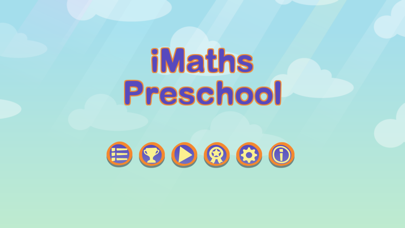
iMaths Preschool app for iPhone and iPad
iMaths Preschool focuses on developing increasingly refined mathematical understanding, fluency, communication, logical reasoning, analytical thought and problem-solving skills. These capabilities enable students to respond to familiar and unfamiliar situations by employing strategies to make informed decisions and solve problems relevant to their further education and everyday lives.
The aim of iMaths Preschool is for students to:
• be confident, creative users and communicators of mathematics, able to investigate, represent and interpret situations in their personal and work lives and as active citizens
• develop an increasingly sophisticated understanding of mathematical concepts and fluency with mathematical processes, and be able to pose and solve problems and reason in Number and Algebra, Measurement and Geometry
• recognise connections between the areas of mathematics and other disciplines and appreciate mathematics as an accessible, enjoyable discipline to study, and an important aspect of lifelong learning.
The App has audio voices to help students with dyslexia.
By the end of completing a Campaign, students ask questions and use known facts to explore mathematical problems and develop fluency with mathematical ideas. They use everyday language, concrete materials and informal recordings to demonstrate understanding and link mathematical ideas.
Students count to 30 and represent numbers to 20 with objects, pictures, numerals and words. They read and use ordinal numbers to at least ‘tenth’. Students use concrete materials to model addition, subtraction, multiplication and division. Students divide objects into two equal parts and describe them as halves. They recognise, describe and continue repeating patterns of objects and drawings.
Students identify length, area, volume, capacity and mass, and compare and arrange objects according to these attributes. They manipulate, sort and represent three-dimensional objects and describe them using everyday language. Students manipulate, sort and describe representations of two-dimensional shapes, identifying circles, squares, triangles and rectangles. They connect events and the days of the week and explain the order and duration of events, telling the time on the hour. Students give and follow simple directions and describe position using appropriate language.
Students answer simple questions to collect information. They use objects to create a data display and interpret data.



